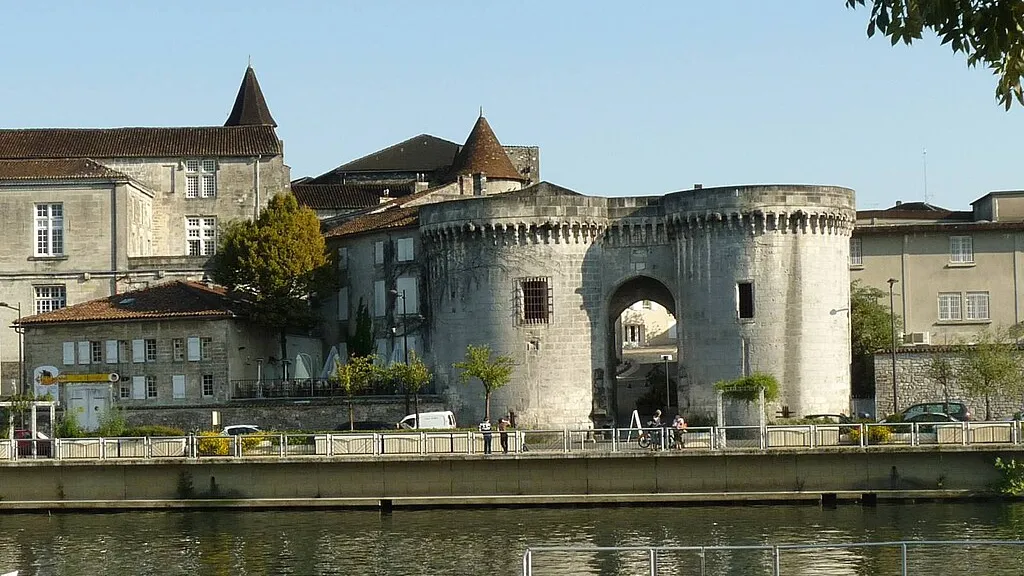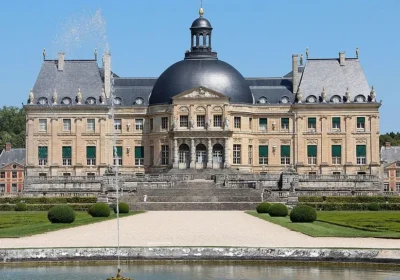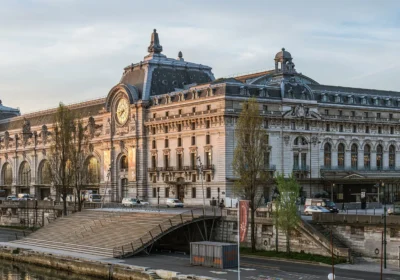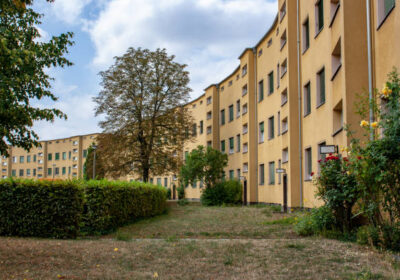In the South-West of France, not far from the city of Bordeaux, on the Charente River, lies the town of Cognac, which gave its name to the now world-famous strong drink. The city owes its birth, in fact, to the Roman settlements on the banks of the river. The Romans called it Conniacum (Conniacum), later the name was simplified.
Then the Romans were replaced by the Vandals, followed by the Visigoths, and then by the Arabs. Around 850, the Vikings came from the sea and settled in the city for three hundred years. In 1152 Eleanor (Alienor, Alienora) of Aquitaine (who after the death of her father Guillaume X and brother owned the Duchy of Aquitaine, which included Aquitaine, Gascony and Poitou) after divorcing King Louis VII of France married the Norman Count Henry of Anjou, the future King of England Henry II Plantagenet and in 1154 Aquitaine became the property of the English kings.
During the Hundred Years’ War (1337-1453) the city changed its allegiance from French to English countless times. In XV century the bloodiest battle between Catholics and Protestants took place near Cognac.From the city sights – the towers of the gate of St. James, dated 1499, overlooking the waterfront, the castle and the church of Saint-Leger (Saint-Leger – built in 1130) with three naves XIII – XIV centuries and Gothic “rose” XV century; Valois Castle, built around 950 (the castle houses the Otard brandy house); Saint Martin Church (Saint-Martin) with the remains of the Merovingian cemetery (the Merovingians were French kings who proclaimed themselves descendants of Jesus Christ and Mary Magdalene). The Museum of History and Art in the town’s landscaped park, the Museum of Art, the Museum of Cognac (opened in 2004), and the town hall in a picturesque park.
There are several ancient castles in the vicinity of the city.
The locals talk about historical monuments in passing, as if by the way. They can only be touched by a question about cognac. The first vineyards appeared in the Charente Valley in the last two decades of the III century AD, during the Roman Emperor Probius (Probus), who allowed the Gauls living there to grow vineyards and engage in winemaking. The city is literally saturated with this noble drink: bottled in barrels, cognac annually loses about 2.5% of its volume. You can try to imagine how many noble vapors are in the air, because the number of barrels stored in the cellars of the city, numbering in the tens of thousands. According to a local legend, if you believe and listen, the wings of drunken, but still as beautiful celestial creatures will rustle in the light haze enveloping Cognac. Passionate devotees of cognac are mollycoddled even at the entrance to the town. Рядом с главной надписью, отмечающей черту его начала, висят указатели “Мартель” (Martell), “Хеннесси” (Hennessy), “Отар” (Otard), “Курвуазье” (Courvoisier) , “Камю” (Camus). Each major cognac house organizes tours of its properties.
You will visit the Hennessy cognac factory, whose cellars are located on the banks of the river, where you will go by boat. You will learn how a simple white wine is transformed into nectar. At the end of the tour you will be able to taste the best samples and buy exclusive cognacs presented in the Hennessy store.
At Camus you will be able to become a master cognac maker. You will be offered several cognac spirits, which you will have to mix, pour into a bottle, put a personal label and, of course…. to take away with you. There is an opportunity after this initiation into the master of cognac making (because you will be given a diploma) to have lunch in the family chateau of the Camus family to celebrate this event.
Or, if you are a fan of Remy Martin’s Louis 13, you can spend the day in the company of this exceptional cognac. You will have lunch in the cradle of the Remy Martin family, where the finest cognac spirits that will make up this cognac are aged for many decades in centuries-old cellars.
After an introduction to cognac production, it’s time to relax. Enriched by the experience, go for a walk on a river streetcar on the Charente. The clear and calm river is very beautiful. You can sail down it to the Atlantic Ocean on an old wooden barque. In the past, these ships carried cognac to seaports for export.
By the end of the XVII century, the first cognac houses were established, some of which still exist today. They collected cognac and established connections with buyers from Holland, England and Northern Europe, later expanding to America and the Far East. More and more trading houses opened, and in the mid-nineteenth century they began to transport alcohol in bottles rather than barrels. This new form of trade gave rise to industries such as glass, corks and packaging, and labels for brandy products. By that time, vineyards covered almost 280,000 hectares. But, in 1875 the Phylloxera virus destroyed a huge amount of grapes, reducing vineyards to 40 thousand hectares by 1893. The phylloxera problem arose when the most harmful “fungal” grape diseases and the most dangerous phylloxera pest were introduced from America to Europe. Numerous studies and observations have established that if “fungal” diseases in some years can only destroy the harvest, phylloxera with pathogenic microflora for several years completely destroys the grape plant.
During the first quarter of the twentieth century, the vineyards slowly recovered, utilizing American investment, but they did not reach previous production levels. Care greatly improved the crop, and decrees were issued that regulated each stage in the making of cognac. These decrees controlled the production process of cognac, which has now become a very valuable and popular drink.

















